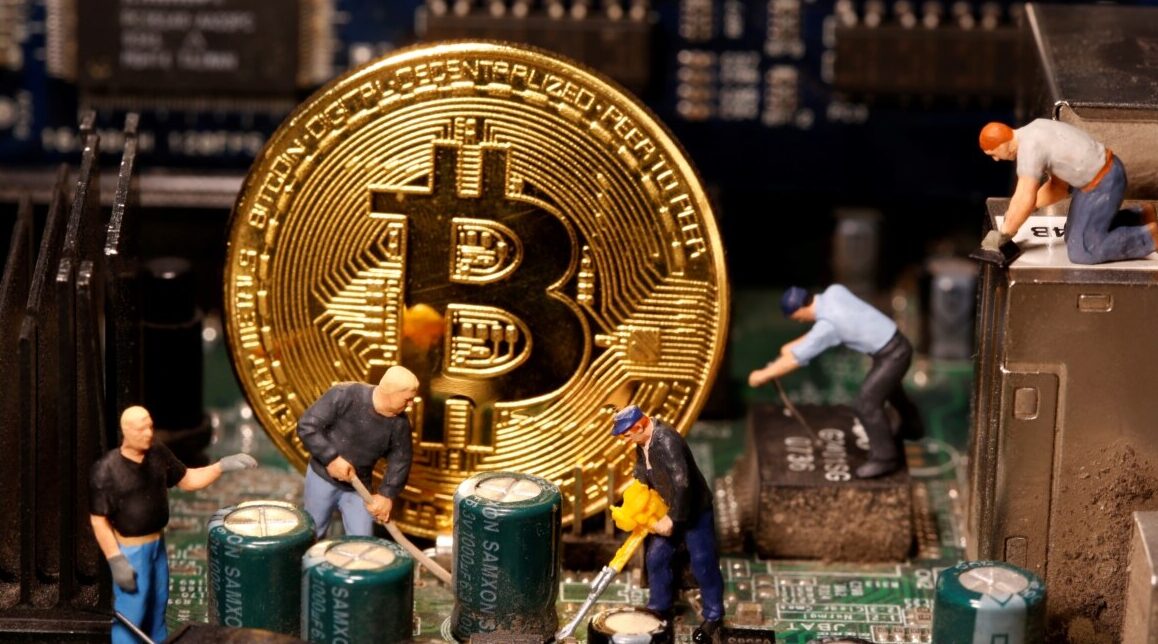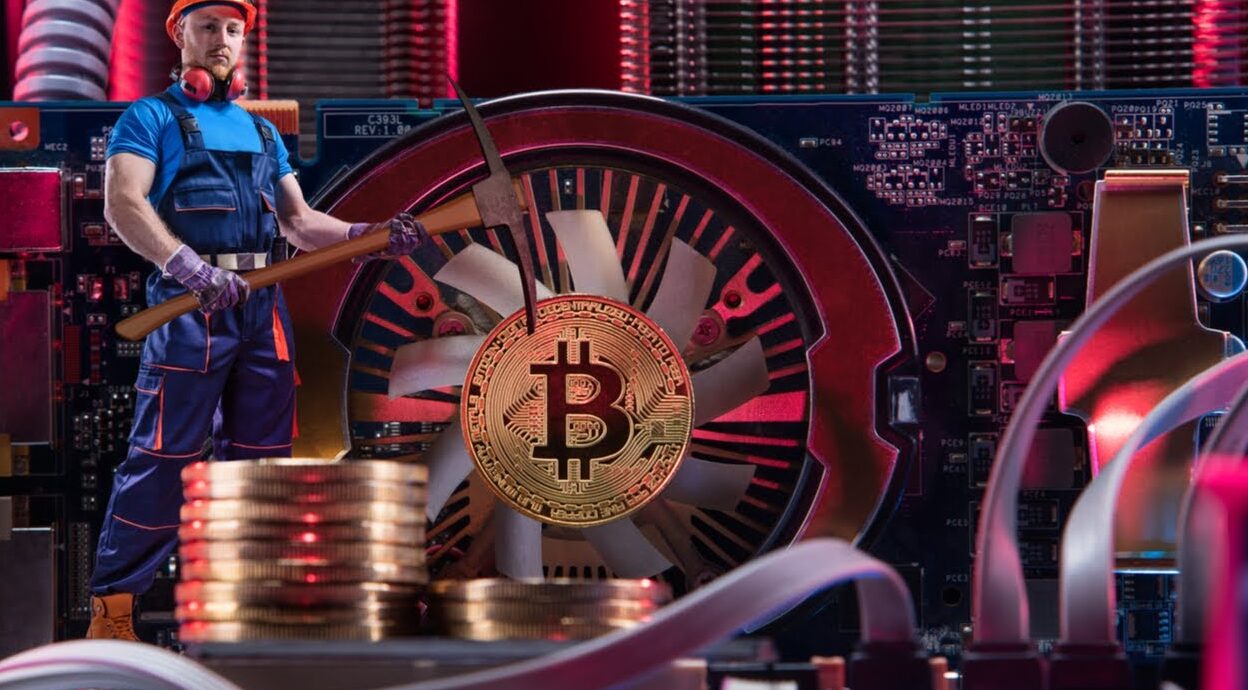The worldwide digital economy now revolves mostly around Bitcoin mining, which maintains Bitcoin network integrity, security, and decentralization as new bitcoins enter circulation and blockchain transactions are authenticated. Investors, developers, and fans depend on knowledge of the mechanics, consequences, and future of Bitcoin mining as interest in cryptocurrencies keeps exploding.
The computing process known as Bitcoin mining guarantees the Bitcoin network stays distributed and reliable. Unlike conventional banking systems, which depend on central authorities to control and validate transactions, Bitcoin uses a distributed network of miners engaged in sophisticated mathematical operations to validate transactions and add them to the public ledger, sometimes known as the blockchain.
A consensus method based on Proof of Work (PoW) drives this process. Powerful computers let miners tackle cryptographic challenges. The first miner that figures out the problem verifies the transaction block and gets paid a set amount of newly generated bitcoins and action fees. At the last halving event in 2024, each block earned 3.125 BTC.
Every time a Bitcoin transaction occurs, it is broadcast to the network and combined with other transactions ready for validation. Miners pack these untested transactions into a block. A miner must identify a nonce—a unique number—that, when hashed with the block’s data using the SHA-256 algorithm, generates a hash below a designated goal threshold to validate this block.
 Finding this nonce is a game of trial and error, requiring enormous processing capability. The mining difficulty changes every 2,016 blocks, or roughly every two weeks, to guarantee that blocks are mined consistently, about every ten minutes.
Finding this nonce is a game of trial and error, requiring enormous processing capability. The mining difficulty changes every 2,016 blocks, or roughly every two weeks, to guarantee that blocks are mined consistently, about every ten minutes.
Evolution of Mining Hardware
Early on in Bitcoin, mining could be accomplished on standard desktop computers. As more individuals joined the network and competition grew, miners moved to more potent Graphics Processing Units (GPUs) and then to Application-Specific Integrated Circuits (ASICs). These are significantly more efficient than standard-purpose gear and are specifically tailored hardware meant just for Bitcoin mining.
Important producers of mining gear are Canaan (AvalonMiner series), MicroBT (Whatsminer series), and Bitmain (Antminer series). Usually measured in terahashes per second (TH/s), these machines’ performance is gauged in hash rate, a key determinant of mining profitability and energy economy.
Rise of Mining Pools
Solo mining lost viability as hardware became more expensive and more competitive. Today, most miners work in mining pools, which let several miners aggregate their computer capabilities. This raises the possibility of mining a block and paying them a piece of the prize, in line with their involvement.
Globally, top mining pools such as Foundry USA, Ant Pool, and F2 Pool predominate in hash rate allocation. Although pools improve income predictability, they can raise questions about centralizing mining power, compromising Bitcoin’s distributed attitude.
Bitcoin mining profitability depends on
Bitcoin price, difficulty, block rewards, electricity costs, and hardware efficiency. However, mining can be profitable in Texas, Kazakhstan, and parts of Scandinavia, where electricity is cheap and temperatures are cool.
 Still, the energy use of Bitcoin mining has generated worldwide discussion. Environmental groups have criticized this, and authorities have underlined it as well. In response, green mining—using renewable energy sources, including hydropower, solar, and wind—has taken center stage to minimize the environmental impact.
Still, the energy use of Bitcoin mining has generated worldwide discussion. Environmental groups have criticized this, and authorities have underlined it as well. In response, green mining—using renewable energy sources, including hydropower, solar, and wind—has taken center stage to minimize the environmental impact.
Global Mining Regulations
Countries are enacting laws to control mining operations as Bitcoin becomes increasingly integrated into the financial mainstream. Once leading the world in Bitcoin mining, China outlawed the activity in 2021, citing financial hazards and energy issues. As this continues, nations like Paraguay and El Salvador aggressively push mining with tax breaks and access to renewable fuels.
Thanks to favorable laws and plenty of natural resources, some states in the United States are starting to be mining centers. In certain cases, community opposition has resulted from worries about local grid stress and noise pollution.
Several important elements will probably define Bitcoin mining in the future: technology, legislation, and energy innovation. The development of more energy-efficient ASICs, the utilization of stranded energy resources (such as flared gas from oil fields), and the rising integration of artificial intelligence to maximize mining operations are preparing a more sustainable and profitable mining sector.
Furthermore, the next halving event, projected in 2028, will lower block rewards to 1.5625 BTC. This occurrence will compel miners to rely more on transaction fees, possibly changing the mining economics and stressing the requirement of operational effectiveness.
Final thoughts
Bitcoin mining is essential for supporting Bitcoin’s distributed ethos and network security. Mining is a complicated, global industry that began with home computers and now uses renewable energy. Whether your interests are technical, financial, or personal, understanding Bitcoin mining is essential to understanding the ecosystem. Environmental issues and legal uncertainty remain.









